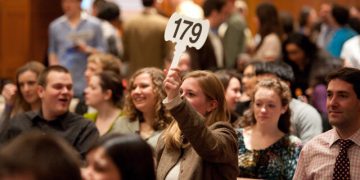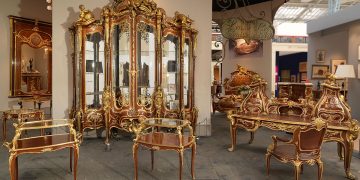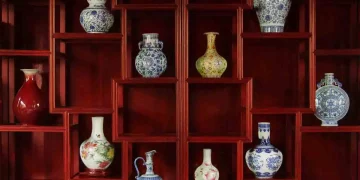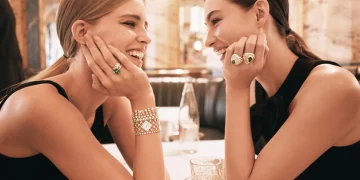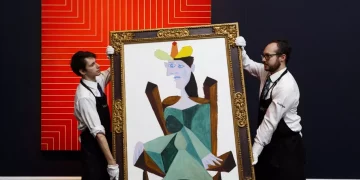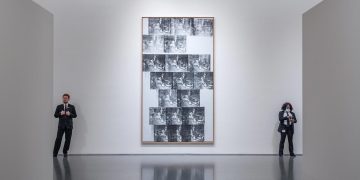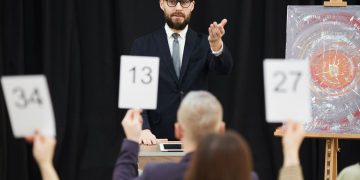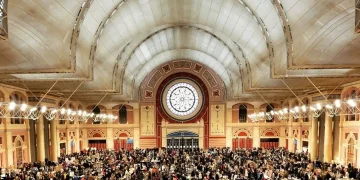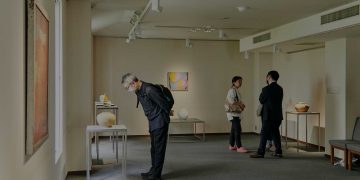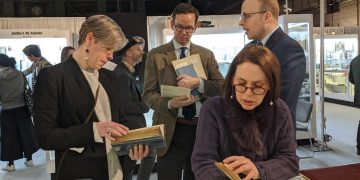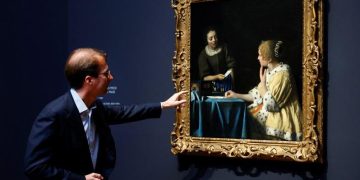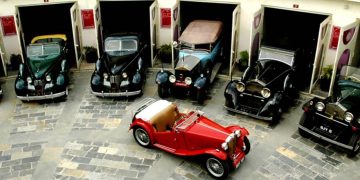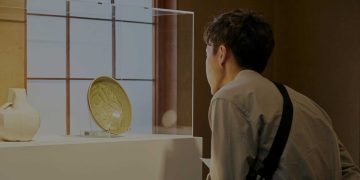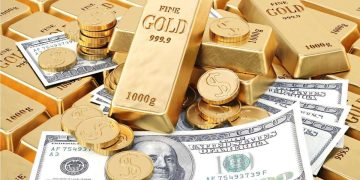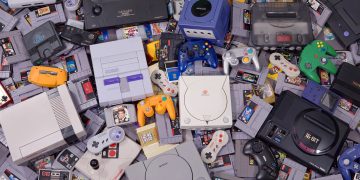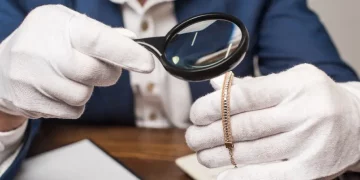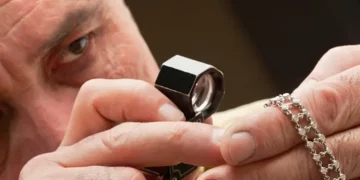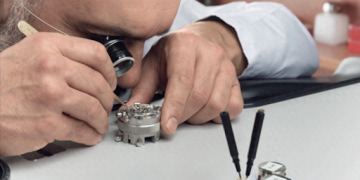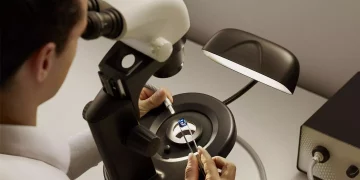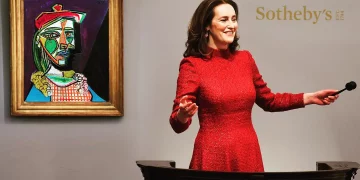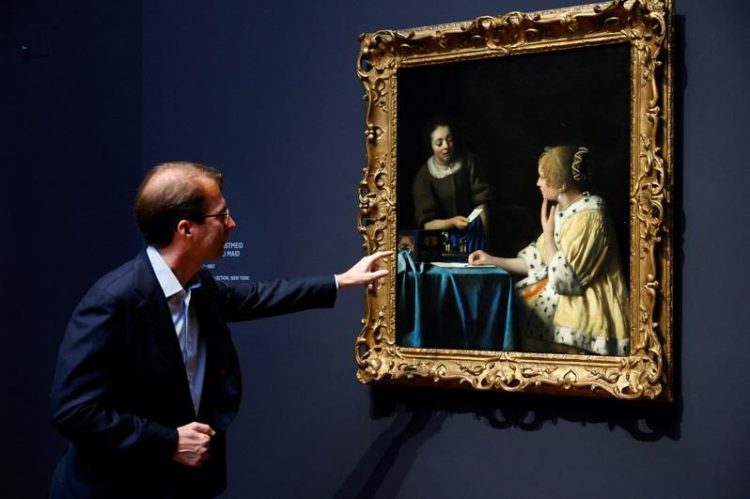Attending a rare collectibles fair can feel like stepping into a treasure trove of unique items. For seasoned collectors and newcomers alike, the experience offers the chance to discover rare, one-of-a-kind pieces that can enrich a collection and potentially appreciate in value. However, identifying hidden gems among the many items on display requires skill, preparation, and a keen eye.
In this article, we’ll guide you through practical tips on how to spot these extraordinary treasures at your next collectibles fair. Whether you’re hunting for vintage watches, rare coins, fine art, or pop culture memorabilia, the following strategies will help you make the most out of your visit.
1. Do Your Research Beforehand
The key to finding truly unique items lies in preparation. Simply walking into a collectibles fair without any prior knowledge can lead to missed opportunities, especially when so many items are on display. Doing thorough research will help you hone in on what’s valuable, rare, or trending in your specific area of interest.
How to Prepare:
- Know the Market Trends: Research current trends within the collectibles market. If you’re looking for rare comic books, for instance, find out which series or issues are particularly hot. Similarly, if vintage watches are your focus, understand the models that are appreciating in value and why.
- Review Vendor Lists: Many fairs publish the list of exhibitors ahead of time. Reviewing this list will give you insight into which dealers or sellers will be present, their specializations, and the types of items they may have for sale.
- Examine Past Fairs: If you’ve attended a previous event from the same organizer, check out any reviews or sales data for the items that were showcased. This will give you an idea of the quality and exclusivity of the items typically presented at the fair.
2. Focus on Provenance and Authenticity
When you’re hunting for a one-of-a-kind collectible, the provenance (history of ownership) and authenticity are two of the most important factors that determine an item’s true value. Items with well-documented provenance or ties to significant historical moments often hold exceptional value in the market.
What to Look For:
- Documentation: Always ask sellers for any available certificates of authenticity, appraisal documents, or history of ownership. For items like art or rare memorabilia, this can be a make-or-break factor in determining their worth.
- Expert Opinions: Some fairs invite industry experts, curators, or historians to evaluate items. If you’re unsure about a piece’s provenance or authenticity, don’t hesitate to ask these professionals for their insights. Sometimes, simply speaking with an expert can help you identify rare or overlooked treasures.
- Certificates and Labels: Particularly with fine art or limited-edition items, look for certificates of authenticity or special edition labels that indicate the item’s rarity. Authenticity can significantly increase an item’s value, so don’t skip this step.
3. Look for Limited Editions and Rare Finds
At any given collectibles fair, you’ll be surrounded by a variety of items, but not all of them will be rare or truly valuable. Limited-edition pieces, or those that have been produced in small numbers, tend to appreciate in value over time. Being able to identify these rare items will set you apart as a knowledgeable collector.
Key Indicators of Rarity:
- Limited Production Runs: Items that were part of a limited series or a one-time release (such as limited-edition watches, rare coins, or special-run art prints) are often highly coveted. Keep an eye out for items that are marked with numbers (e.g., “1 of 100” or “Limited Edition”).
- Uncommon Variations: For some collectibles, certain variations of an item (e.g., a variant comic cover, an early release of a toy, or a misprint) can be far rarer than others. If you’re in the market for a specific item, research the different variations and identify what makes each one unique.
- Unique Pieces: One-of-a-kind items, such as custom-made jewelry, one-off paintings, or prototype designs, often stand out at fairs. These items are typically the hardest to find and will likely appreciate in value over time.
4. Assess Condition: The Better the Condition, the Higher the Value
Condition is a critical factor in determining the value of any collectible. While it’s always exciting to find a rare item, if that item has been heavily damaged or poorly preserved, its value may be significantly lower than expected.
Key Factors to Evaluate:
- Wear and Tear: Look closely for signs of wear, scratches, dents, or discoloration. In the case of collectibles like watches, coins, or vintage cars, even minor damage can reduce their market value.
- Restoration and Preservation: Some items, like fine art or antique furniture, may have been restored or refurbished over time. It’s essential to understand the quality of restoration, as improper or overly aggressive restoration work can detract from the item’s value.
- Originality: Collectors value original items over those that have been modified or repaired extensively. For example, an original 1950s Rolex will be worth much more than a heavily altered version. Always check if the item retains its original parts, packaging, and features.
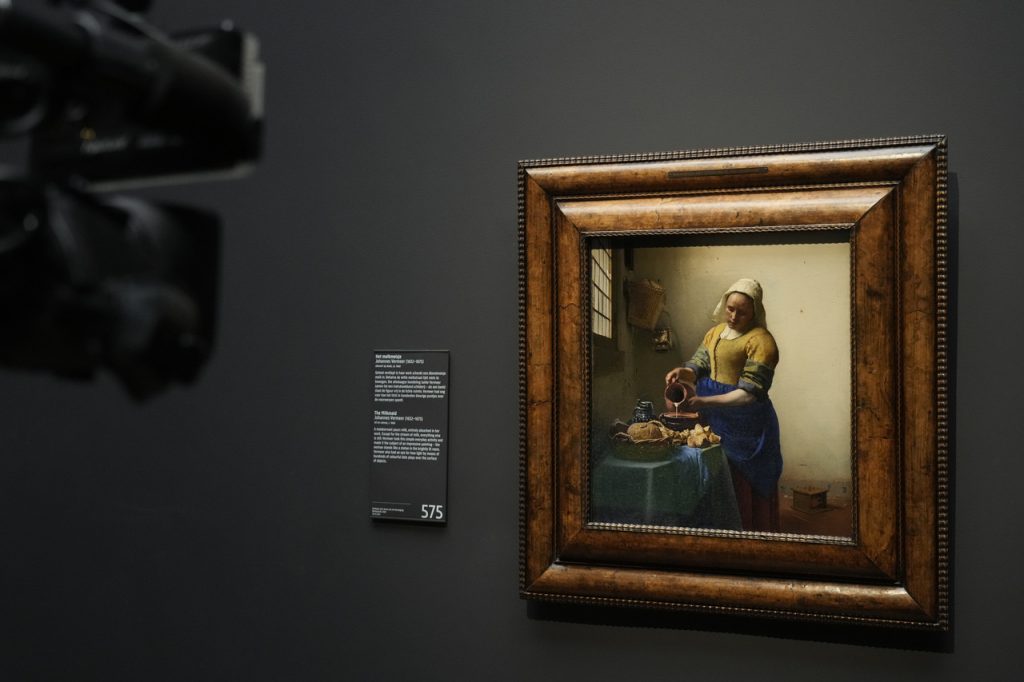
5. Network with Dealers and Collectors
One of the most valuable aspects of attending a collectibles fair is the ability to connect directly with industry experts, dealers, and fellow collectors. Networking can open doors to insider knowledge, early access to rare items, and even private sales or off-the-floor offers.
Tips for Networking:
- Engage with Experts: Take time to engage with dealers and specialists in your area of interest. Often, the best treasures are not immediately visible but are discussed behind the scenes. Building relationships with trusted experts may give you a head start on spotting rare finds.
- Join Collector Groups: Many fairs have organized meetups, either formally or informally, where like-minded collectors gather to share insights, experiences, and leads on potential treasures. These groups often exchange tips on upcoming trends or lesser-known pieces that may increase in value.
- Stay in Touch: If you find a dealer or seller who specializes in the type of collectibles you’re interested in, ask if you can be added to their mailing list or if they offer any private preview events. Collectors with established relationships often get access to exclusive or early offerings.
6. Explore Off-the-Beaten-Path Booths
While the main exhibitors at a collectibles fair often showcase the most prominent items, it’s often the smaller, lesser-known booths that harbor some of the most unique and undiscovered treasures. These booths may feature lesser-known dealers or independent sellers who specialize in rare, hard-to-find items.
How to Spot Hidden Gems:
- Look for Specialized Collectors: Some dealers may focus on highly specific niches within the collectibles world, such as rare stamps, niche comic book editions, or obscure historical artifacts. These dealers often have hidden treasures that larger, more mainstream exhibitors may overlook.
- Be Open to New Discoveries: While it’s easy to get distracted by well-known collectibles, sometimes the best finds are the ones you weren’t initially seeking. Take the time to explore lesser-known booths and ask dealers about their specialties. You might stumble upon a rare piece that no one else has noticed.
- Don’t Overlook Smaller Items: Sometimes, small items—whether it’s a rare coin, a limited-edition figurine, or an antique book—can hold significant value over time. These items may not be as flashy or immediately eye-catching, but they can become valuable treasures once their rarity and significance are properly understood.
7. Attend Exclusive Previews or VIP Events
Many larger collectibles fairs offer exclusive previews or VIP events before the general public is allowed in. These previews give serious collectors the chance to see items before they’re officially available for sale and potentially secure rare items before they become widely known.
Why It’s Valuable:
- First Dibs on Rare Finds: Attending these exclusive previews gives you first access to the most sought-after items before they are gone. This is often when the best treasures are snagged by knowledgeable collectors who know the true value of what they’re seeing.
- Direct Access to Sellers: During VIP events, there is usually more time to speak with the dealers or sellers without the rush of the main event. You can ask specific questions about an item’s history, condition, and pricing, allowing you to make a more informed decision.
Conclusion: Trust Your Instincts and Be Patient
The next rare collectibles fair may hold the key to discovering extraordinary treasures, but success lies in how well you prepare, network, and assess each piece. By doing your research, focusing on provenance and rarity, carefully evaluating condition, and keeping an open mind, you’ll increase your chances of finding a one-of-a-kind collectible that not only adds to your collection but also has the potential for long-term appreciation.
Remember, the best treasures are often hidden in plain sight, and it’s your knowledge, patience, and intuition that will help you unearth them. Happy hunting!


